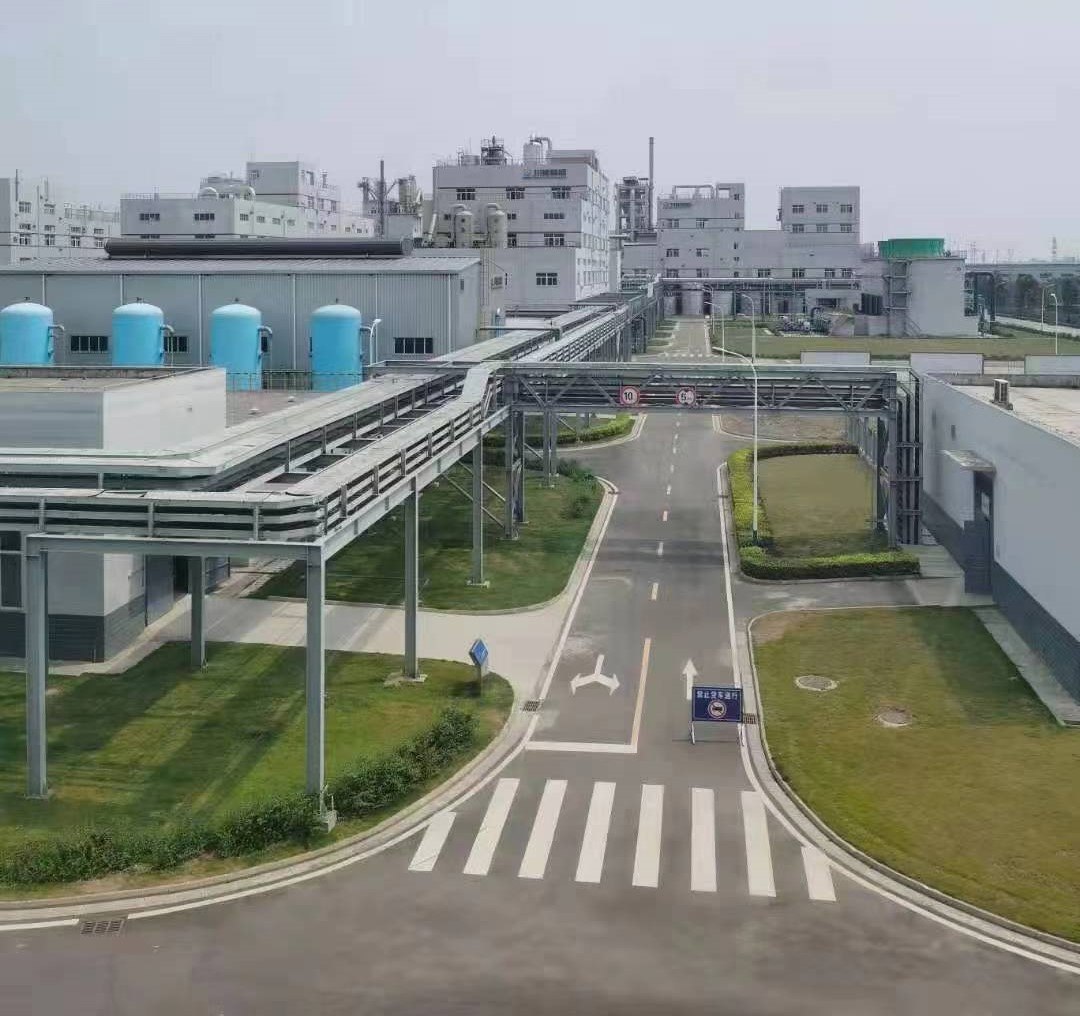The demand for new energy vehicles has surged, presenting new opportunities for the nickel sulfate market
May,12,25
The demand for new energy vehicles has surged, presenting new opportunities for the nickel sulfate market
Nickel sulfate, a crystalline substance, has a wide range of applications in the market. It has three forms: anhydrous, hexahydrate, and heptahydrate, with hexahydrate being the main commodity, including two variants: alpha type and beta type. This substance is easily soluble in water, slightly soluble in ethanol and methanol, and its aqueous solution is acidic. In addition, nickel sulfate also has the characteristic of being slightly soluble in acid and ammonia water, but it should be noted that it is toxic. In the industrial field, nickel sulfate is the main raw material for electroplating nickel and chemical nickel, providing a source of metal nickel ions that can dissociate nickel ions and sulfate ions during the electroplating process. It is worth mentioning that with an annual growth rate of about 5% for electroplating grade nickel sulfate, as well as an increasing proportion of nickel metal in ternary materials and a trend towards high nickel content, the demand for nickel sulfate is expected to experience rapid growth.
According to data from the Lithium Branch of the China Nonferrous Metals Industry Association, the production and sales growth rate of new energy vehicles exceeded 50% in 2017, and the production growth rate of power batteries was as high as 40% or more. Among them, the production of ternary positive electrode materials increased by 93.85% year-on-year. Looking back at 2017, the production of new energy vehicles in China has reached 794000 units, with a year-on-year growth rate of 53.8%. Industry experts predict that the increase of new energy vehicles in China in 2018 may exceed one million units. Meanwhile, countries such as Norway, the Netherlands, and Germany have successively established sales restriction schedules for traditional cars worldwide. Securities institutions predict that from 2017 to 2025, the compound annual growth rate of global new energy vehicles will reach 35%, and the total production will jump from 1.2 million to over 13 million.
As a key raw material for ternary lithium batteries in new energy vehicles, nickel sulfate's position is constantly rising with the popularization of new energy vehicles and the clear trend of high nickel battery materials. Recently, Euler Keller, the director in charge of research and development at Daimler, also stated that the automotive industry is moving towards manufacturing high nickel electric vehicle batteries. The London Metal Exchange even plans to launch futures contracts for nickel sulfate in the next 18 months, further confirming the increasingly active nickel sulfate market.
Ternary materials, as positive electrode materials for lithium batteries, mainly include two categories: lithium nickel cobalt manganese oxide and lithium nickel cobalt aluminum oxide. Among them, lithium nickel cobalt manganese oxide is divided into models such as 111, 532, 622, 811, etc. according to the different proportions of nickel cobalt manganese. At present, Tesla mainly uses NCA nickel cobalt aluminate lithium batteries, while foreign new energy vehicles mostly use NCM nickel cobalt manganese lithium batteries. In China, new energy buses and special-purpose vehicles mainly use lithium iron phosphate batteries and lithium manganese oxide batteries, plug-in hybrid passenger vehicles mainly use lithium iron phosphate batteries, and pure electric passenger vehicles mostly use NCM nickel cobalt lithium manganese oxide and lithium iron phosphate batteries.Taking Tesla Model 3 as an example, its 75kWh battery capacity requires 218kg of nickel sulfate hexahydrate to be consumed. If a passenger car is equipped with a 40kWh battery and NCM532 battery, it consumes 181kg of nickel sulfate hexahydrate. Each ton of NCA positive electrode material can produce 1.28 tons of nickel sulfate. Correspondingly, a Tesla Model 3 with a battery capacity of 75kWh requires 128kg of anhydrous nickel sulfate, which is equivalent to 218kg of nickel sulfate hexahydrate. For pure electric passenger vehicles with a battery capacity of 40kWh, an energy density of 120Wh/kg, and NCM532 batteries in China, the consumption of anhydrous nickel sulfate is 107kg, which is equivalent to 181kg of nickel sulfate hexahydrate.
On December 30, 2016, China implemented a new subsidy policy that directly links national subsidies to the energy density of batteries, greatly promoting the application of ternary materials in batteries. The policy encourages the use of ternary batteries in new energy pure electric buses, and it is expected that the proportion of ternary batteries in pure electric commercial vehicles will gradually increase in the future. At the same time, due to the close relationship between subsidies and energy density, and the continuous improvement of energy density standards, the proportion of ternary materials used in passenger cars will also further increase. At present, most new energy vehicles in Europe and America have adopted ternary batteries. Looking ahead to the future, with the sustained prosperity of the new energy vehicle industry, what changes will occur in the supply and demand pattern of the nickel sulfate market? It is indeed worth our joint attention.






